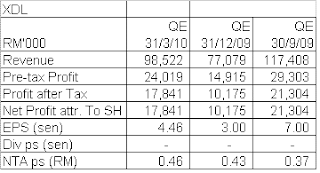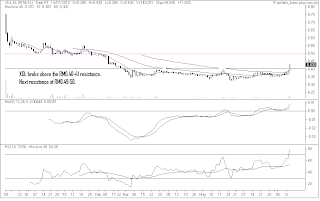
Chart 1: Landmrk's daily chart as at July 29, 2010_9.30am (Source: Quickcharts)

Chart 2: DNP's daily chart as at July 29, 2010_11.00am (Source: Quickcharts)
This is a personal weblog, reflecting my personal views and not the views of anyone or any organization, which I may be affiliated to. All information provided here, including recommendations (if any), should be treated for informational purposes only. The author should not be held liable for any informational errors, incompleteness, or delays, or for any actions taken in reliance on information contained herein.










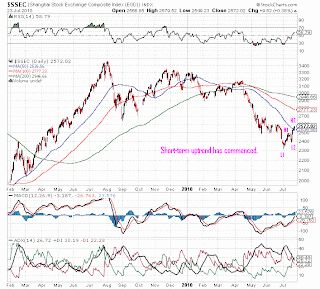


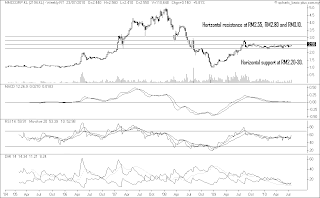




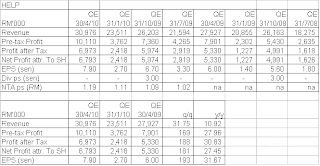








The WSJ noted two odd phenomena in this market: small investors have largely bailed out, and (perhaps as a consequence) individual stocks in the S&P 500 have been tracking the index itself to a degree not seen since the 1987 crash (see Chart 1 below).
The average correlation is 44% (since 1980), but is now 81%, higher than in the crash of 2008 (79%) and approaching the all-time high in 1987 (83%). The conclusion from the correlation: fear drives investors to treat the market as a homogenous entity. Adding in the exodus of retail traders, this time the implication is the market has been left for the index 'bots.

It turns out that the death cross has had a mediocre track record at best over the last two decades. To be sure, it's had some great recent successes -- such as the one that occurred in December 2007, very early in the 2007-2009 bear market. But there have been a number of other failures -- such as one that occurred in October 2005, in the middle of the 2002-2007 bull market.
Overall, in fact, there has been no statistically significant difference since 1990 between the average performance following death crosses and all other market sessions.

Bottom Line: A new long term stocks SELL signal has been generated based upon a “death cross” (opposite of “golden cross”) of the 50- and 200-EMAs. Decisions in the intermediate and short term now need to take this into account. Nevertheless, short term indicators continue to be bullish and and there are now positive divergences on medium-term indicators. So we have a positive theme developing in a negative longer-term context, but we should consider it to be a temporary development.




